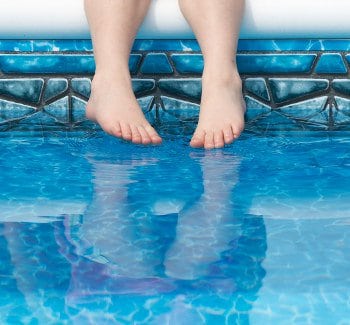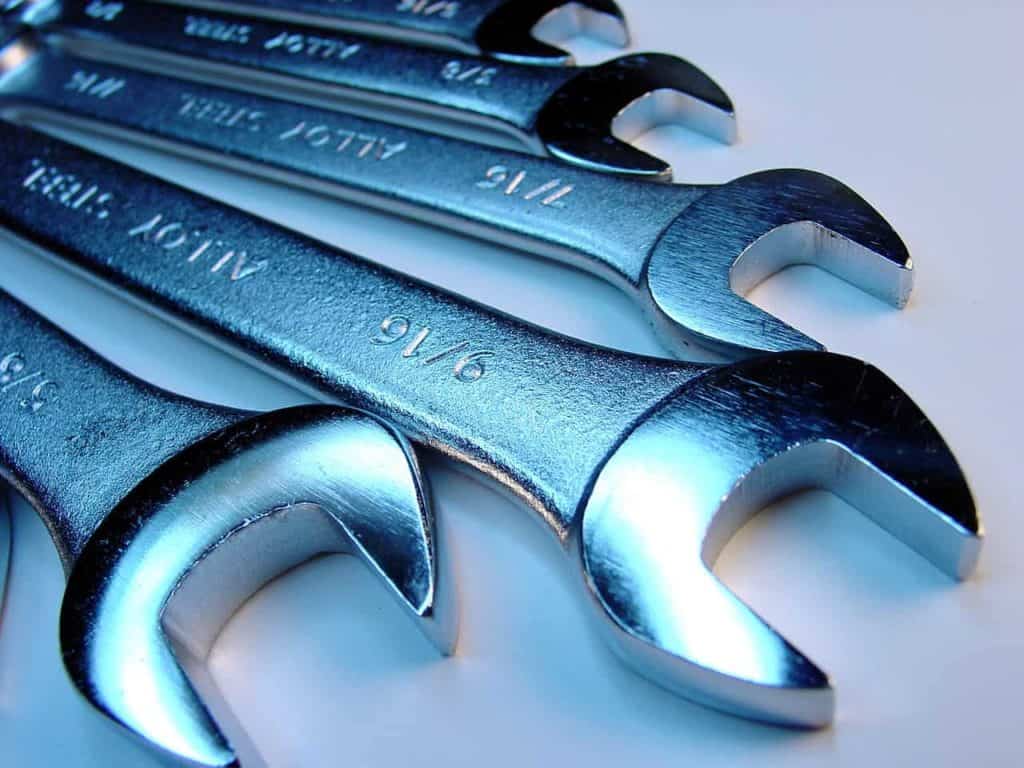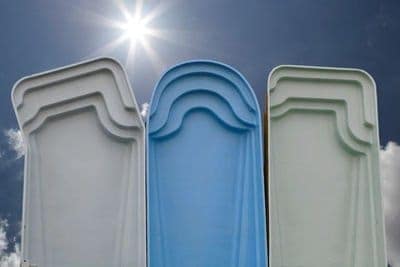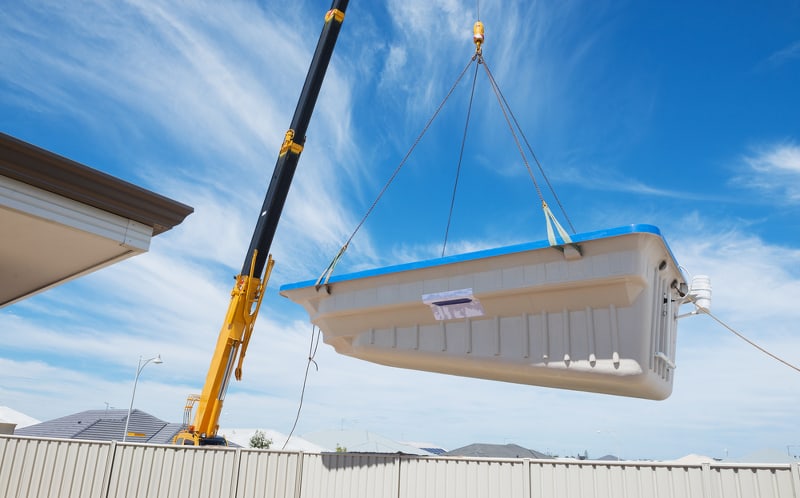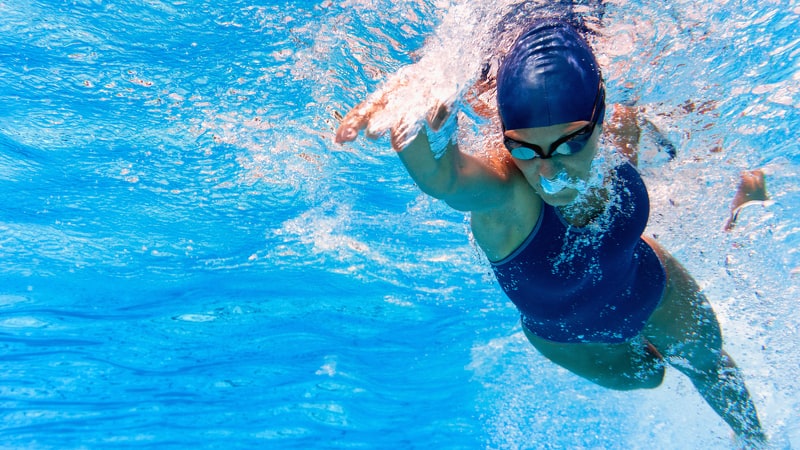Fiberglass pool inserts are the new kids on the block when it comes to pool construction, and like most newcomers, they’ve faced their share of scrutiny. Part of the skepticism was perhaps unfair, as people had to get used to a very different mode of pool building. However, there’s also no doubt that the newcomer may not have been all it was cracked up to be (or maybe more cracked up, as spider cracks on their surface was one of the major complaints).
Times are different now. The pool business as a whole has taken some hits with the recession, but there continues to be a lot of interest in fiberglass swimming pools. The difference is that nowadays, fiberglass pools are doing more to earn all that attention. Here are some of the ways they have improved over the years.
More Shapes and Sizes
Probably the most noticeable improvement has been the increase in the sheer variety of pool shells you can get. Fiberglass shells are prefabricated and subject to shipping restrictions, so there will always be limits on them that don’t exist for gunite pools. However, the number of options has increased to the point where even picky would-be pool owners can usually find something they like. With some of the freeform shapes in particular, you don’t get the impression that you’re getting something off the assembly line.
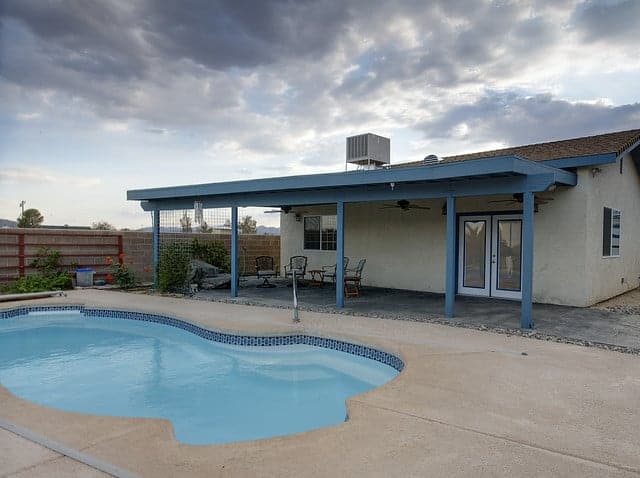
More Features
Another knock on fiberglass swimming pools has been that they’re rigid in what sort of extra features you can include. This, too, is changing. Now you can get fiberglass pools with things like vanishing edges, zero depth (beach) entry, tiled bottoms, built-in LED lighting, and a wide range of decks. Thanks to the modular units offered by many manufacturers, attached spas are also an option.
Improved Installation Techniques
Fiberglass pools are known for being susceptible to nightmarish problems such as wall bulging. However, improved installation techniques have reduced the chance of serious issues cropping up. For example, while there’s still debate about the issue, the use of gravel as backfill (rather than sand) seems to head off the possibility of wall bulging.
It might seem obvious, but it’s important to note that there’s still the potential for problems based on substandard installation. It will always be critical to find the right company to install your pool – but that goes for all types of pools, not just fiberglass.
Better Finishes
As mentioned at the start of this article, spider cracking is a potential problem for fiberglass pools. This happens when the gel coat applied to the surface isn’t flexible enough to withstand pressure exerted on it by the pool shell. Another common problem with colored fiberglass pool finishes is that the color can fade over time, and when that happens, it can be tough to match the same color when doing repairs. While these are still significant issues for fiberglass swimming pools, advancements in the gel coating have lessened the impact.
Are Fiberglass Pools Number One?
Concrete pools will always have certain advantages and plenty of fans. However, the fact that fiberglass pools have gained ground is not debatable. You can’t really say that one type of pool is better than the other, and that will likely remain the case for years to come. But those nagging issues that plagued fiberglass are becoming things of the past. For those who honestly like the look and feel of fiberglass, and appreciate the easier installation and maintenance that come with it, the choice is pretty clear.


